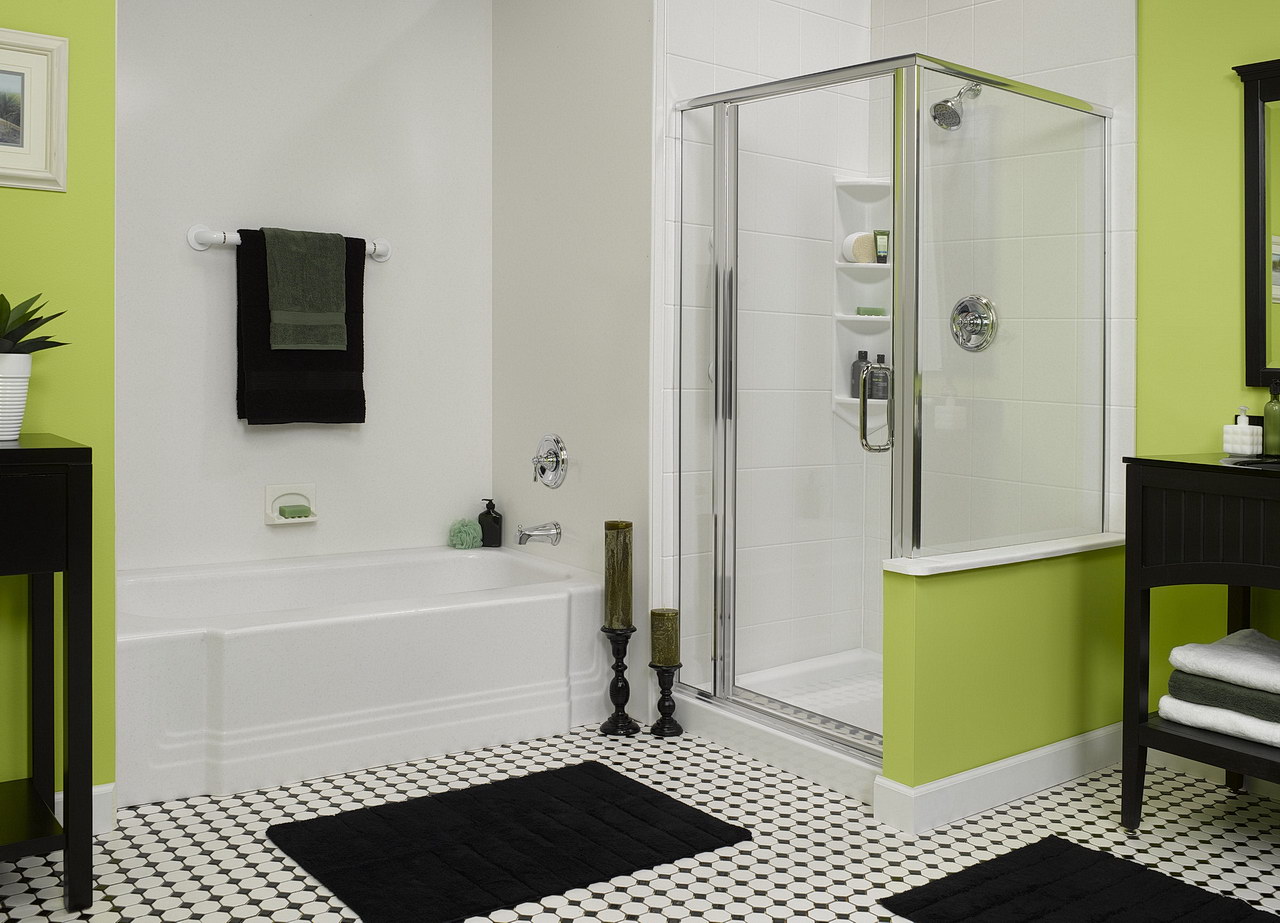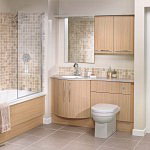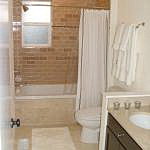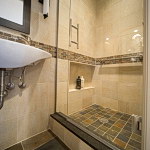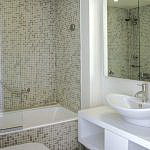Thankfully, bathroom renovations don’t have to be an expensive affair. If you know what you’re doing it’s not hard to keep a lid on renovation costs. Below are a few tips and some advice to help you keep costs down and make the most of your budget when renovating your bathroom…
Related: Venetian Blinds
Assess how much you need to change
The more you want to change, the more expensive it’ll be. If you’re on a tight budget you can still make a surprising difference to the look of a bathroom just by replacing tap handles, painting walls and sticking up new shelving, towel rails or a nice new mirror (all of which you could probably manage yourself, providing you know what you’re doing).
Retiling is likely to cost a fair bit more. Some options – like putting overlays directly over existing tiles – cut costs by reducing the amount of demolition work required. Anything involving electrical or plumbing fixtures or moving things around will cost considerably more.
Bathroom fittings – Reuse or recycle fittings and fixtures
If there’s nothing wrong with the fittings or fixtures themselves, you can save a lot of money and unnecessary waste by resisting the (powerful) temptation to replace them. Think about ways you can style and theme the bathroom to make the most of what you’ve already got on hand, and what the worst aspects of your bathroom really are.
Old taps can be replaced fairly cheaply and easily – and even if your bathtub and wash basin have been seriously abused over the years, it’s possible to have them re-enamelled or refinished and looking like flash new ones for less than it’d cost to replace them outright.
If you’re splashing out on a new basin or tub, flog the old ones off on eBay to recoup some of your costs. One person’s trash is another’s treasure, and there’s a pretty healthy trade in retro bathroom fixtures these days.
Think carefully about what’s really going to make a visual impact. A bit of creativity can go a very long way where tiling’s concerned, for example. A simple mosaic pattern is easy to do, and can make a massive difference to the look of your bathroom – far more so than expensive, boldly shaped tap fittings in most instances.
Don’t move plumbing fixtures
New plumbing can be really expensive. Making sure that you reuse the existing water supply and waste points for your shower, bathtub, basin and floor waste will go a long way to keeping plumbing costs under control.
Shop around for materials
This may sound obvious but if you have the time and inclination you’ll probably save a small fortune by shopping around and buying the necessary materials, fittings and fixtures yourself.
If you are doing the shopping, make sure you’ve done your homework and you know exactly what you’re after. There’s a difference between wall and floor tiles, for example. Buying a tub with a centre waste to replace one with a waste at one end is likely to cost you more to install, and when replacing a toilet you’ll need to account for whether or not it uses an S or P trap. Likewise, paints for bathroom walls need to be suitable for use in bathrooms so that your walls are resistant to moisture.
If you’re buying things, make sure everything’s ready and available when building starts to prevent any delays.
Get your hands dirty
If you’re willing and able, you can save a lot on labour costs by doing some of the work yourself. It’s likely that you’ll still need to hire a contractor for the project, but volunteering yourself to do some of the manual work (particularly demolition) will mean lower labour costs, if the builder’s OK with it.
Of course, any discussion about what you can do yourself has to include a big, flashing neon warning: there are some things you just can’t cut corners on. Waterproofing, plumbing and electrics MUST be done by licensed professionals – doing it any other way is likely to be:
- illegal
- substandard
- dangerous
- non-insurable and
- without the protections you’d get from a warranty.
It’s also extremely important that you’re certain before you start working that there isn’t any asbestos in your bathroom. Asbestos sheeting was very commonly used in the bathrooms of yesteryear, and exposure to it can lead to cancer. Unless it’s only a trivial amount, you will need to have asbestos removed by a specialist using the right safety gear who’ll dispose of it legally.
Plan very carefully and avoid variations
Careful planning and having an exact idea of what you’re getting and how everything will be done before you sign a contract with a contractor will ensure you’re not stung with hefty fees for necessary changes. Many builders will charge over the odds for variations to a contract (particularly if you’ve made a selection mistake or want to change your plans), and some even prey on customers who aren’t properly prepared.
Regardless of how well you get along with the builder, make sure:
- the fittings and fixtures are exactly what you’re after, and will fit exactly where they’re supposed to go
- the colours and tiles are exactly right
- the costs are itemised on the contract, and
- you’re certain that all labour, material and administrative costs are included.
Things to be careful of
- Make sure you have more than enough tiles. If they break in future (or if you drop some during your renovations), you want to have some spares on hand that are from the exact same batch so that they’re a perfect match.
- Beware of non-certified plumbing fittings and fixtures. Look for the WaterMark label to make sure that all of the plumbing fittings and fixtures comply with Australian Standards. Be extra careful when ordering online (or from overseas, which we don’t recommend) – shoddy or inferior fittings and fixtures will come back to haunt you and aren’t worth the savings they seem to offer.
- Consider where you’re going to wash. Accept that your bathroom’s going to be out of commission for a week or two. To be on the safe side, double any timeframe you’re given by your contractor. It’s very common, for example, for people to discover rotten timber under bathtubs or behind shower stalls, which will require extra work. Any other savings you make will be eaten up pretty quickly if you’re unprepared for that, and you’re forced to hire a hotel room to stay clean. If you’re on good terms with your neighbours, maybe see if they’re willing to share a bathroom for a bit.
Source: http://www.build.com.au/
Table of Contents
